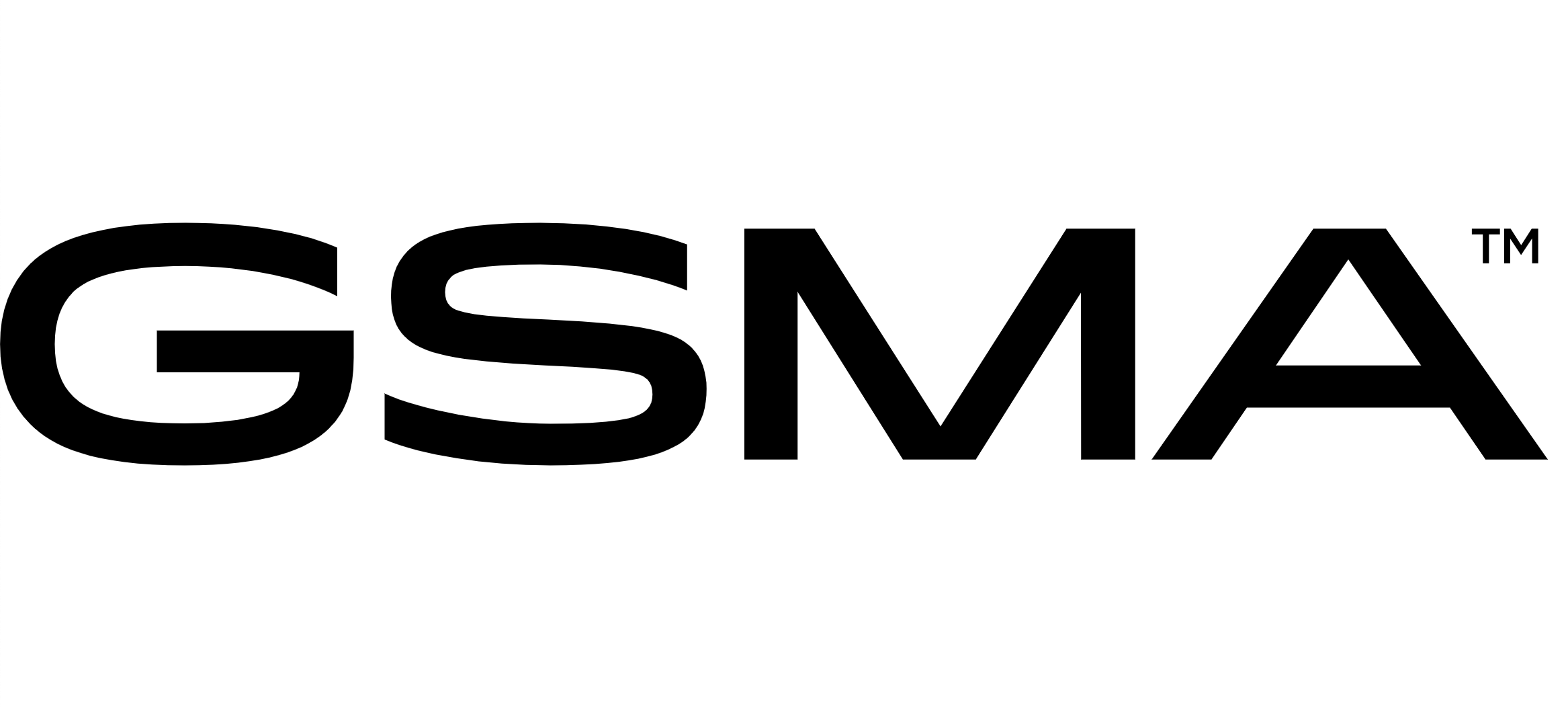New reports on Low- and High-band Spectrum Needs Deliver Complete 2030 5G Spectrum Vision for Governments and Regulators
30 June, London: The GSMA today released a new analysis of the spectrum needs of 5G networks across low, mid- and high bands. The detailed research delivers a clear vision of the spectrum capacity required to integrate 5G into the lives of businesses and consumers up to 2030.
Two new reports, Vision 2030: Low-band spectrum for 5G and Vision 2030: mmWave Spectrum Needs, estimate the spectrum needed in low and high bands to realise the full capabilities of 5G. Combined with last year’s Vision 2030: Insights for mid-band spectrum needs, the research delivers a detailed understanding of 5G spectrum needs up to 2030.
The speed and availability of 5G services depend on mobile network operators (MNOs) having access to spectrum in low, mid- and high bands to build out cost-effective networks. Robust licensing and timely availability of spectrum is also central to the success of 5G deployment. With these in place, 5G can transform digital economies across the globe, help lower the broadband usage gap, and support digital inclusion.
The GSMA’s analysis shows that:
- In high-band (mmWave): an average of 5 GHz of high-band spectrum will be needed per market by 2030 for enhanced mobile broadband (eMBB) in dense urban areas, fibre-like fixed wireless access (FWA) and enterprise 5G.
- In mid-band: 2 GHz of mid-band spectrum per country will be needed for city-wide 5G applications by 2030.
- In low-band: spectrum needs for 5G are higher than the amount of capacity that naturally exists below 1 GHz. However, ensuring the availability of the 600 MHz band will raise rural broadband speeds by 30-50%.
It is expected that successful 5G deployment will rely on spectrum access in low, mid- and high spectrum bands. By utilising the characteristics of all these bands, 5G can deliver capacity in all areas and maximise its effectiveness across all potential use cases:
- 5 GHz per market of high-band, mmWave spectrum will be used for the densest urban 5G hotspots. It will ensure reliable, low-latency networks in manufacturing plants or connected freight hubs such as smart ports. mmWave will also provide connectivity to high-density locations such as sports or music venues and travel terminals.
- Mid-band spectrum has been the main driver of 5G launches so far and is expected to help realise the largest portion of 5G’s socio-economic benefits in the next decade. 2 GHz of mid-band will be used in each market for city-wide 5G and will deliver the vision of smart cities, city-wide FWA solutions, and the 5G-era digitisation of health and education.
- Low-band spectrum has strong propagation characteristics for covering wide areas and penetrating deep into buildings. As such it is the delivery mechanism for rural broadband and making additional low-band available, such as the 600 MHz band, will drive digital inclusion and ensure rural / urban digital equality.
Luciana Camargos, the GSMA’s Head of Spectrum, said: “Spectrum is at the heart of modern digital economies but is a scarce resource. With careful, thoughtful allocation of spectrum, governments and regulators can develop thriving and competitive digital markets. The GSMA plays a central role in helping to inform these decisions, helping spectrum authorities capitalise on the true value of operators’ investment in 5G networks. Today we are presenting the mobile industry’s vision for 2030 for these stakeholders and giving clear insights into the priorities for spectrum in a 5G world.”
To view the reports in full, please visit:
-ENDS-
Notes for editors:
- Low-bands are used for rural areas and deep-indoor coverage in cities. They are below 1 GHz and include 900 MHz, 800 MHz, 700 MHz and the new 600 MHz bands.
- Mid-bands are found at 1-7 GHz. They offer capacity for city-wide coverage. Lower mid-bands are typically in use for mobile already such as 1800 MHz, 2.1 GHz, 2.3 GHz and 2.6 GHz while 1500 MHz is under development. Upper mid-bands have been used for 5G launches including the 3.3-3.8 GHz band. Expansion of mid-band capacity will make use of 3.8– 4.2 GHz, 4.4–5.0 GHz and 6 GHz.
- High-bands or mmWave currently harmonised for use are 26 GHz, 28 GHz, 40 GHz and 66–71 GHz. These are used for the highest-capacity, lowest-latency 5G applications in dense connectivity hotspots.
About GSMA
The GSMA is a global organisation unifying the mobile ecosystem to discover, develop and deliver innovation foundational to positive business environments and societal change. Our vision is to unlock the full power of connectivity so that people, industry, and society thrive. Representing mobile operators and organisations across the mobile ecosystem and adjacent industries, the GSMA delivers for its members across three broad pillars: Connectivity for Good, Industry Services and Solutions, and Outreach. This activity includes advancing policy, tackling today’s biggest societal challenges, underpinning the technology and interoperability that make mobile work, and providing the world’s largest platform to convene the mobile ecosystem at the MWC and M360 series of events.
We invite you to find out more at gsma.com
GSMA Press Office
[email protected]



